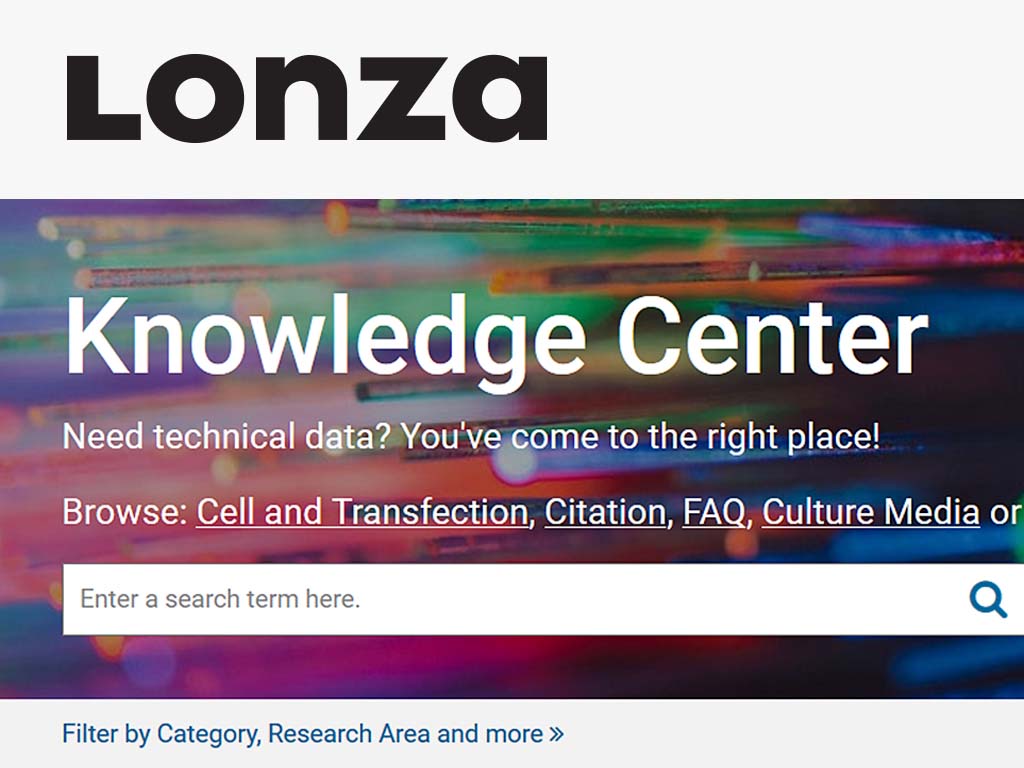P3 Primary Cell 4D-Nucleofector® LV Kit XL
P3 Primary Cell 4D-Nucleofector® LV Kit XL
Select Size
Product Overview
The P3 Primary Cell 4D-NucleofectorTM LV Kit XL* is suited for larger scale transfection of primary cells in the LV NucleocuvetteTM Cartridge format when working with the 4D-NucleofectorTM LV Unit. With the LV NucleocuvetteTM Cartridge a variable volume of up to 20 mL can be transfected. The cartridge is automatically filled and emptied with help of the supplied input and output reservoirs. Alternatively bags can be used. An optional second input allows for separate feeding of mRNA to avoid its degradation.
This kit has been determined to be optimal for transfecting following primary cells and many others that use Solution P3 as optimal NucleofectorTM Solution:
- B cell (human)
- CD34+ cell (human)
- DC (human)
- ES (human), H9
- Macrophage (human)
- Monocyte (human)
- T cell (human), stim.
- T cell (mouse), unstim.
The respective cell type-specific Optimized Protocols or recommendations are available under "Instructions" or in our knowledge database. In these Optimized Protocols the best Nucleofection conditions are indicated. In addition, we share our experience and knowledge for treatment of individual cell types.
*Note: From the five primary cell solutions (P1 – P5) that come with the 4D-NucleofectorTM System only P3 is available for the large-scale formats so far. Solution P3 is suited for most immune and stem cells (e.g. T cells, dendritic cells, CD34 hematopoietic stem cells). For other solutions please contact our Scientific Support.
Request More InfoBenefits
- Closed Nucleofection of up to 1 billion primary cells
- Conditions transferable from existing smaller scale protocols
- Automatic processing via tubing system
- Transfection of up to 20 mL reaction volume in less than 10 minutes
Applications
- For large scale transfection of up to 1 x 109 cells
- Ex-vivo modification of human primary cells for the development and establishment of cell therapy applications (e.g. genome editing generation of CAR-T cells)
- Generation of large numbers of transiently modified primary cells for cell-based assays
Storage and Content
22.5 mL P3 Primary Cell NucleofectorTM Solution
5 mL Supplement 1,
1 x LV NucleocuvetteTM Cartridge
2 x 4D-NucleofectorTM LV Reservoir
SDS, CoA, and Instructions
Safety Data Sheets (SDS)
Choose a language to view the SDS.
Certificate of Analysis (CoA)
Please enter Lot Number, including all zeros, located on the product label and please take into account that it is case sensitive.
Educational Material
Brochures, White Papers etc.
Videos
-
An Innovative, Highly Efficient Method for Transfecting Large Quantities of Primary Human T-cells
A strong need exists for improved cancer treatment options. Lonza's approach relies on genetically modified, patient-derived cells like T-cells or natural killer cells which express chimeric antigen receptors (CAR) targeting cancer cells.
-

4D-Nucleofector® LV Unit for Cell and Gene Therapy Applications – Benefits and How it Works
From this video learn how it works and its benefits for cell and gene therapy manufacturing.

